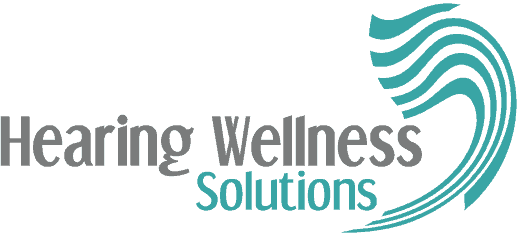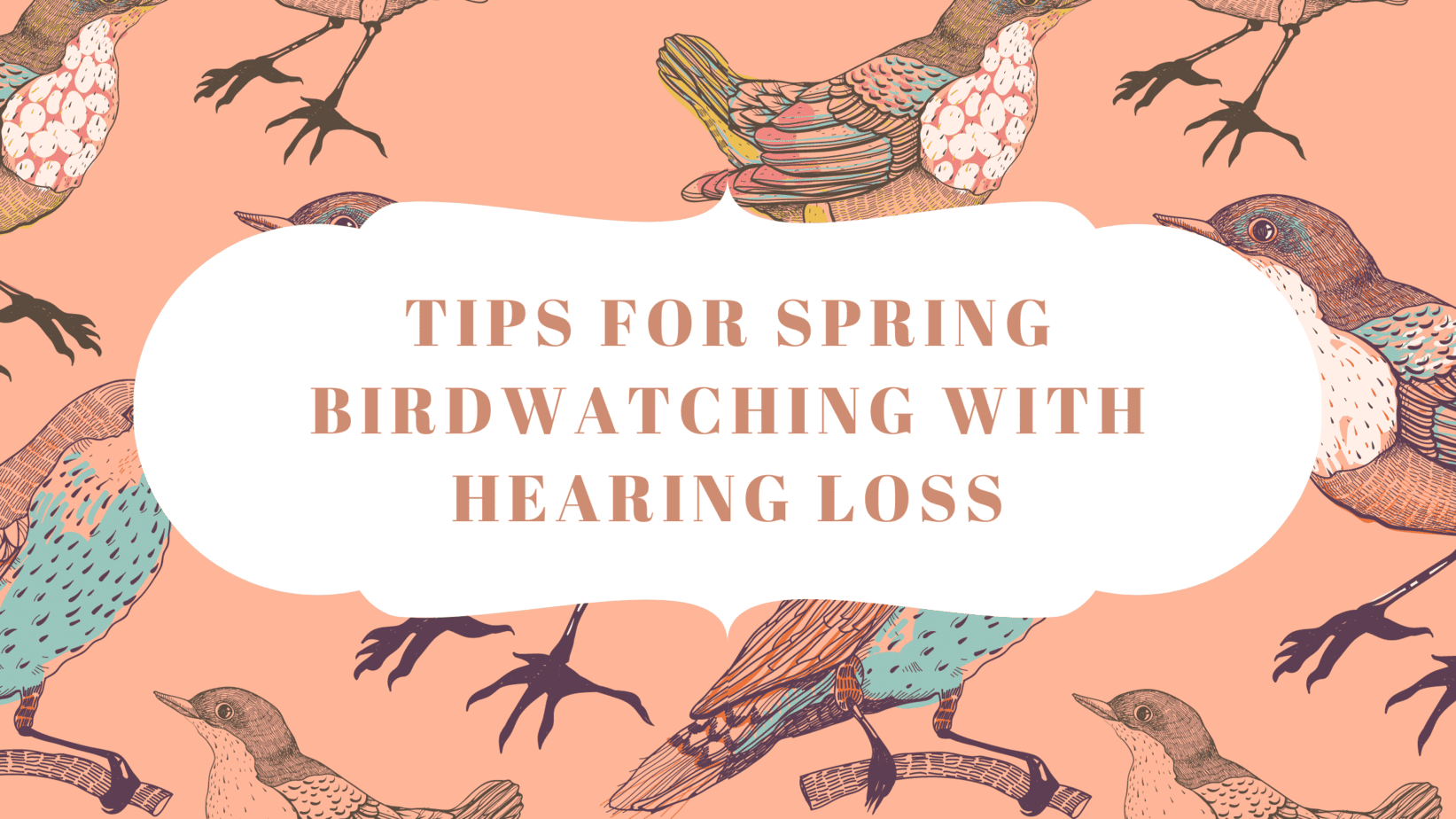The ground is thawing, and as the air begins to feel good on our skin again, people are stepping back out of their houses and into the world! Springtime is a truly transcendent season, when life surges back into the spaces around us. The world looks greener, and animals and humans alike come out to enjoy the fine weather.
Birds that had flown south for the winter return to our backyards, parks and nature preserves. Many of us mark the occasion by getting out our binoculars or cameras to try and keep up with them. Birding is one of the most popular nature-oriented pastimes in America, and it’s no wonder why: the rich variations to be seen amongst North-American birds can be truly breathtaking. Birds’ feathers are replete with resplendent colors we are hard-pressed to find anywhere else, and we get to enjoy the outdoors and get some light exercise while we seek them out.
Birdsong has inspired countless melodies through the ages. The calls we become familiar with can be heard all over, and in addition to serving as inspiration for music composers, they serve as important cues to birdwatchers about where to look. The problem is, birds’ songs occupy the high end of the frequency range, which is the first area of the spectrum we lose when we start to have hearing loss.
Hearing Aids Can Bring the Birdsongs Back!
In a survey conducted by the hearing aid manufacturer Widex, birdsong was one of the sounds people missed most when their hearing began to suffer, surpassed only by music and human voices. While an avid birdwatcher will surely notice that they are missing out on birdsongs, many people may not even realize they’re missing them until it is pointed out by someone else. One reasonable metric is children’s voices: if you are having difficulty hearing children’s voices, there’s a good chance you’re missing out on birdsongs. The good news is that hearing aids can help many people to hear birdsongs once again!
Hearing Aids and Birdwatching
Hearing aids have an adjustment period. If you’d like to use hearing aids to assist with birdwatching, it’s important to wear them in your daily life. You’ll see plenty of benefits of hearing aids throughout the day, whether you’re birdwatching or TV watching! We hear just as much with our brains as with our ears, and it can take some time to train our brains to hear in the way that hearing aids allow.
In the recent evolution of hearing aids, DSP (digital signal processing) has brought about a number of innovations that are useful not only with birdwatching but in navigating the world on a daily basis. Firstly, DSP has gotten better. In previous generations of hearing aids, the DSP has introduced a delay of 5-8 milliseconds. While that doesn’t sound like much, it can be confusing with the kind of high-frequency energy that birdsongs utilize. Today’s hearing aids have gotten this delay down to about 0.5 milliseconds, which is indistinguishable from zero for almost everyone.
One complaint that birdwatchers have had regarding their hearing aids is that while they may be able to hear the birdsongs, it is difficult to tell where the song is coming from. As a general principle, low sounds are less directional than high sounds, so hearing high frequencies and not being able to locate them can be confusing to the brain. The reason for the difficulty has to do with the way hearing aids have worked, by simply taking an input from a microphone somewhere on the hearing aid and amplifying it into the ear canal. The sensitive parts of our ear canals and outer ear that help us locate the sound around us are effectively bypassed.
Newer, premium models of hearing aids will often boast not just a microphone but a microphone array. In some cases, three microphones per hearing aid and more than one speaker will allow sound to be located just as if you were not wearing hearing aids at all, but had the ears of a much younger person. These hearing aids will even employ accelerometers and keep a line of communication between both hearing aids, increasing their power to provide an accurate, three-dimensional picture of the environment around you. What’s more, they can reduce the sounds of wind, rolling waves, or automobile traffic to let you focus on speech and birdsong even better.
Hearing Wellness Solutions
If you’re having trouble hearing high-frequency sounds, make an appointment for a hearing test with us today. At your hearing test, we will ask you about your lifestyle and the kinds of activities you enjoy. If birdwatching is important to you, we can help you find your way to the hearing aids that will be the most help to you. Spring is hear, and there’s no better time to get your hearing health optimized for the coming year!


